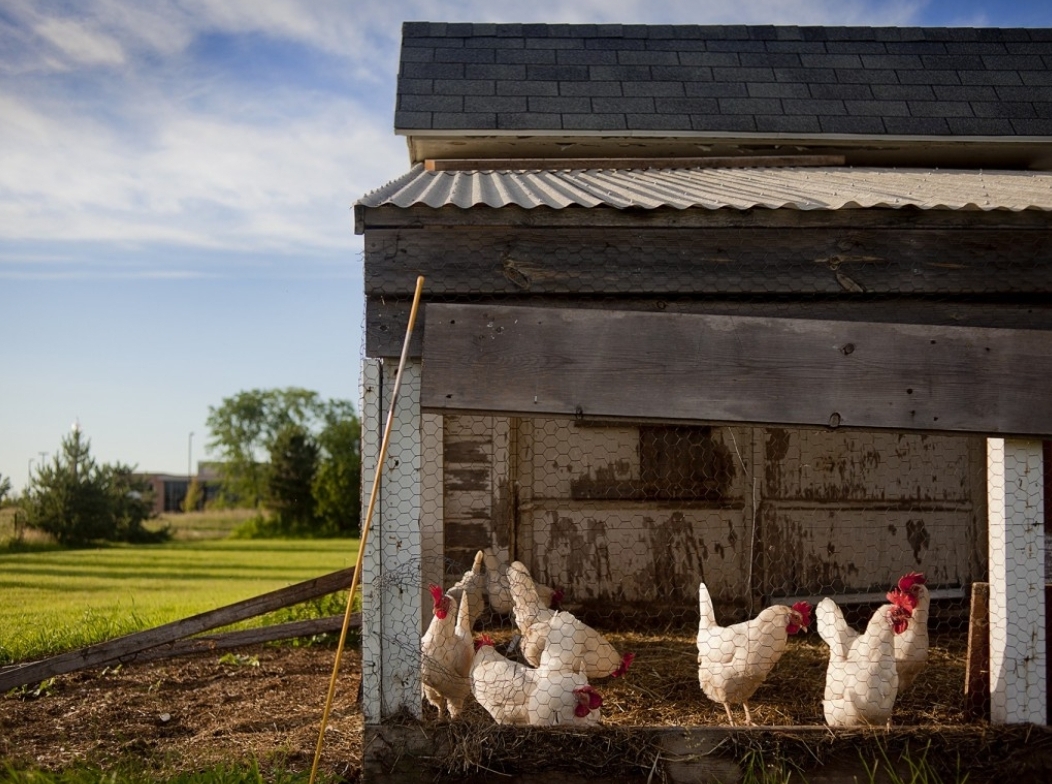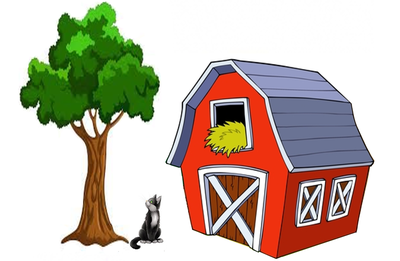Where Did Your Chicks Come From
For people with Roosters, you may find chicks in the coop. Or maybe you grabbed some eggs from the coop and put them into an incubator. In they were in an incubator the chicks do not necessarily need food or water for up to their first 48 hours. Its more important they are dry, fluffed up, active and in the brooder, heat, water and food can be introduced .
For others, the delivery person, local feed store or a friend may be the reason for new chicks.
For the purpose of this article we will assume you are buying newly hatched chicks or getting them from the incubator and there is no Mother in the picture.
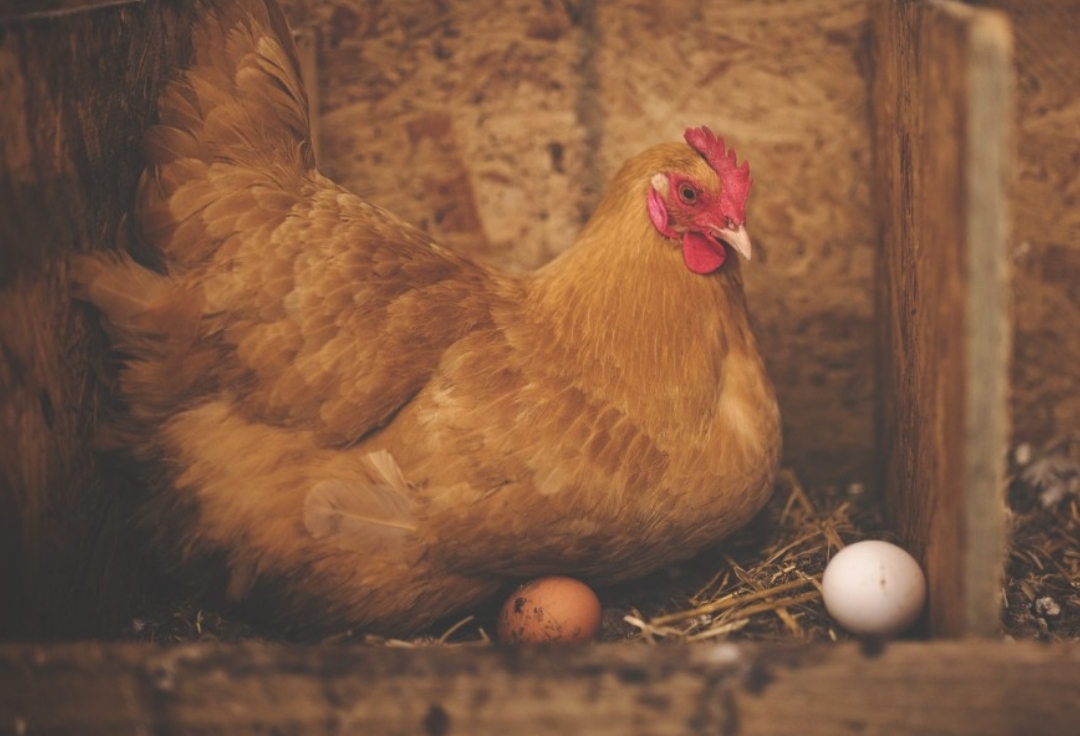
Setting Up Your Brooder Area
Your brooder area needs to have high enough sides or be properly enclosed to ensure all of the chicks stay in this area. It is important to have a secure environment for them to start their life in.
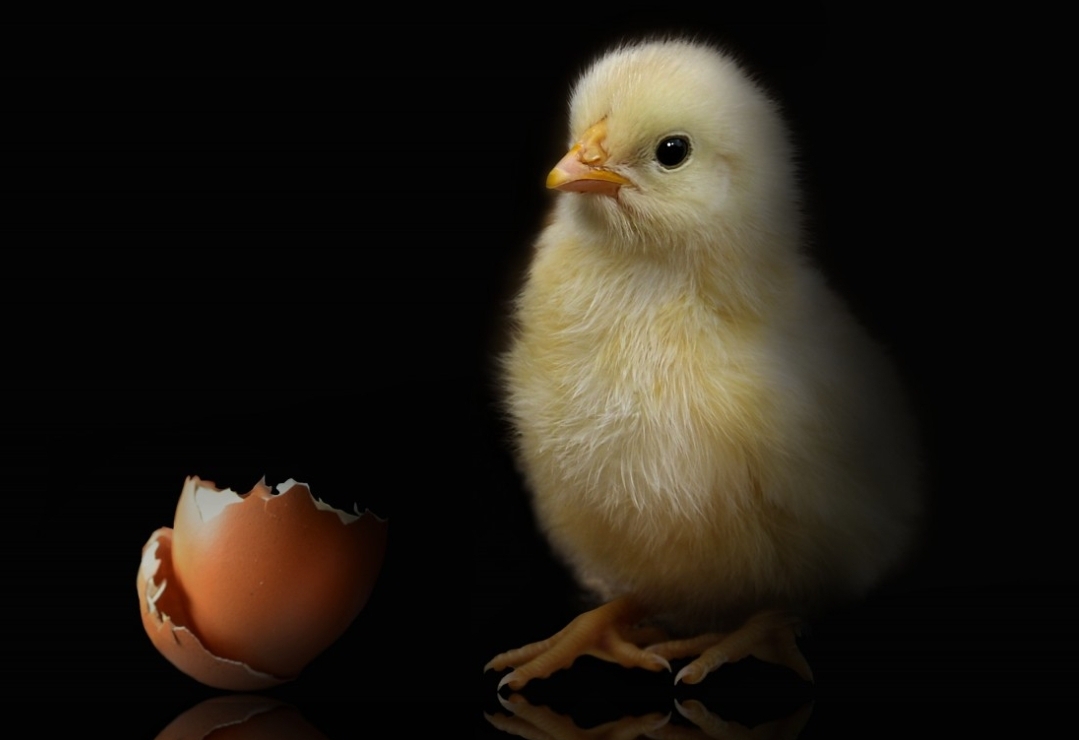
Bedding/Litter Choice
For the first few days of life the chicks should have something good to get traction on. Mesh cupboard liner material is great for this. Paper towel can be put underneath it to absorb messes and the liner material can be easily cleaned for the next time it is needed.
Hemp Bedding is our choice for keeping their area the cleanest possible. It is soft, absorbent and much better than any other product you could use. We put down paper towel on top of the Hemp for the first days to keep chicks from eating it before they figure out where their food is.
Straw/Hay can harbor pests and is prone to moulds.
Pine shavings are not very absorbent and are very dusty which is bad for respiratory health.
It is imperative to ensure a clean environment at this young age, it is not hard to do but you must be diligent with certain tasks.
Heating The Area
Because baby chicks have not yet developed feathers they are very susceptible to getting a chill. A heat lamp is the most affordable solution for this but you need to ensure it is secure and it should have a guard over the bulb.
Do not set your heat lamp at a corner of your brooder as it will encourage huddling in the corner that can lead to suffocation.
If you notice the chicks all huddled together, this could be a sign of not having a good enough heat source available. If they appear to be panting, this is a sign of too much heat.
Having a thermometer handy will aid you in setting the light height to attain an appropriate temperature.
The area under the light or heating source should allow for a 95 degree F environment for the chicks for their first week or two of life. For the 3rd week, their environment can be dropped by 5 degrees F and another 5 degrees F every week until they have full feathers at around 6 weeks. Your coop and the time of year (temperatures) will determine factors with heat and when the chicks can go to their coop. It would be best to assume that you will need to keep heat going in your Coop for a certain amount of time.
- 1st week – 95 degrees
- 2nd week – 90 degrees
- 3rd week – 85 degrees
- 4th week – 80 degrees
- 5th week – 75 degrees
- 6th week – 70 degrees
- 7th week – 65 degrees
- 8th week – 60 degrees
Inadequate heat may force the chicks to huddle needlessly which could potentially cause suffocation.
Water
This is the most important thing that brand new chicks need. They may need to be taught how to drink by grabbing some of them and dipping the tip of their beaks into their water container. You may or may not have to do this with every chick.
Chicks must not be allowed to be near deep water as they can drown very easily. Pebbles or marbles can be put into waterer dish to ensure only a shallow water source is available to them.
The water source should not be under the heat lamp, room temperature water is preferable and it should be changed a couple times a day for them
After the first day or so, you can add a few drops of apple cider vinegar to your chicks water every few days. Apple cider vinegar will improve their overall health, boost their immune, respiratory and digestive systems and aid in nutrient absorption.
Some people suggest that adding honey to their water helps relieve heat stress, improves egg quality, and works as an antioxidant. For chicks this needs to be only a very small amount of honey.
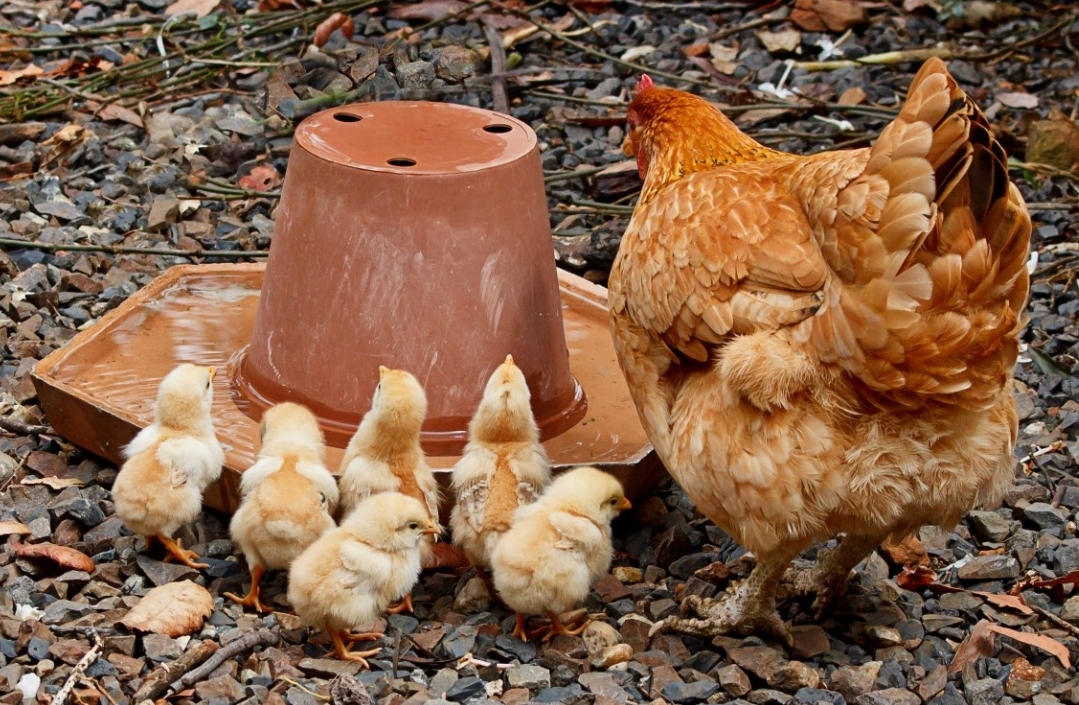
Food/Feeder
Chicks need good food to ensure good health and growth. Meat birds often require a higher protein value at a young age to ensure proper development. The decision on whether to use medicated feed compared to organic is a choice you have to make on your own.
Medicated feed is formulated for chicks to help them combat coccidiosis, a disease that is found just about everywhere in the environment.
The choice of feeder should be one which allows easy access and deters the chicks from perching on it. If they perch on it they will poop on it.
Chicks may require grit if they do not have access to outside ground. Grit helps them to digest their food properly. Small packages of grit meant for pet birds is normally available in the store for this purpose. A small dish can be put in the brooder for free range access.
Toys/Distractions
A clump of grass with dirt on it will introduce the young chicks to outdoor life and get them used to the grass. A small tray of grass grown in dirt is an easy way to introduce this and should be normally available in the new store location.
Below is a small microgreen tray which is representative of something simple to grow which only needs a small piece removed to put in with the chicks occasionally.
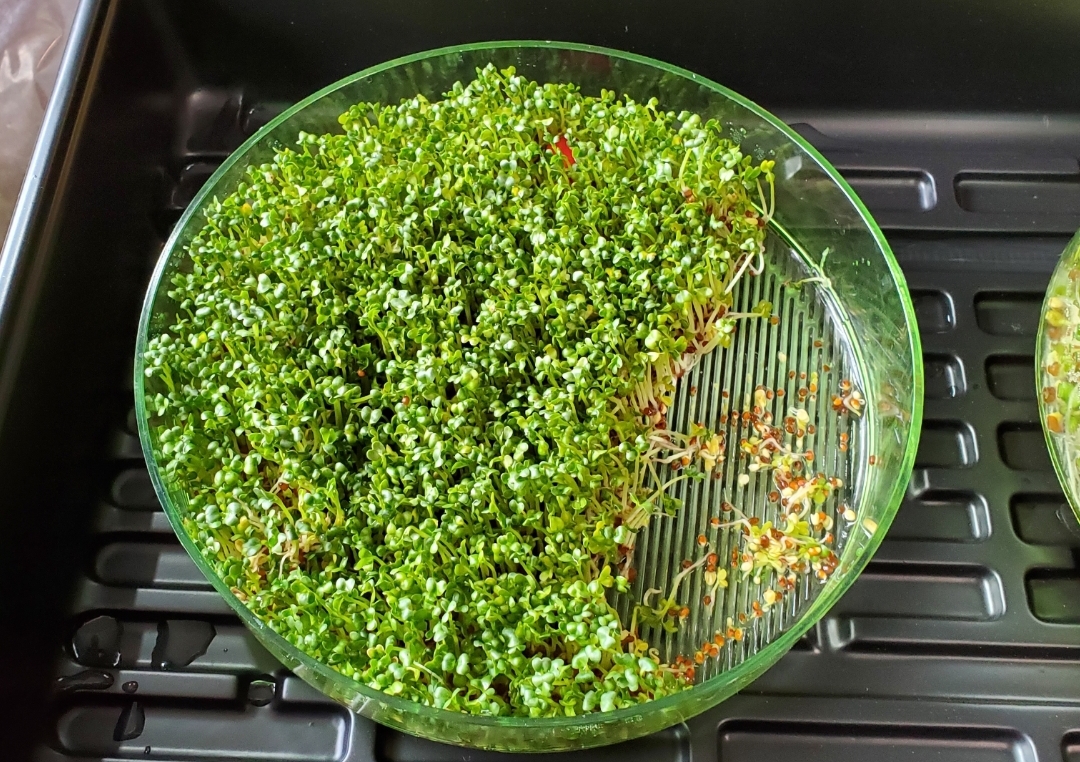
This allows for a place to scratch around and can also help occupy some time. It is recommended to only have this available as long as they are not eating too much of it, chicks need their chick food which has all of their dietary requirements.
A couple of branches will give the chicks a place to learn balance and also help expose them to coop life.
